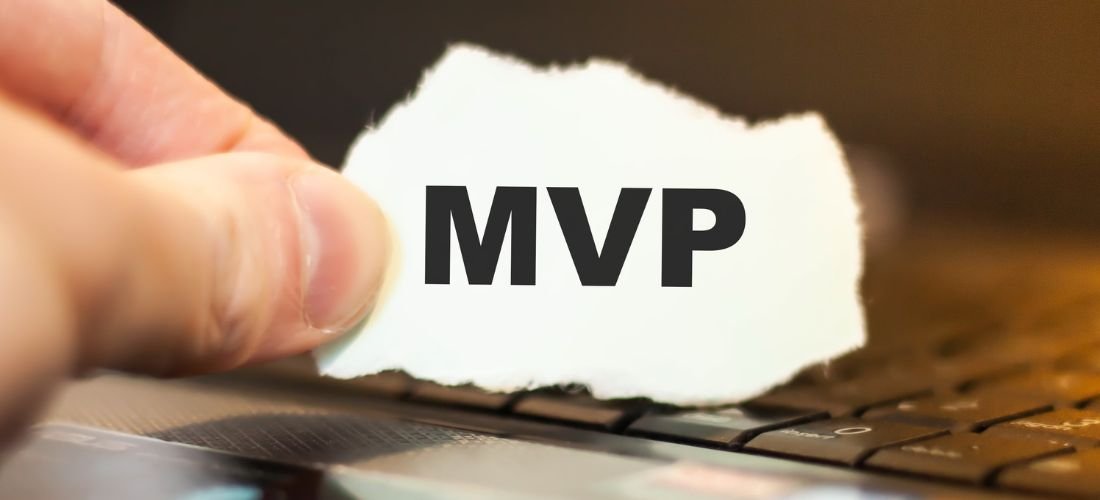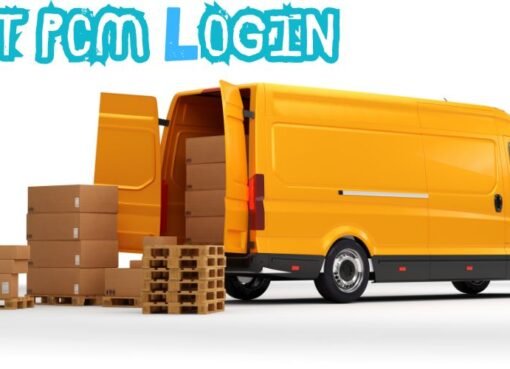MVP Product Costing $100,000+ Without QA Testing. Is It Possible?

Are you considering launching a Minimum Viable Product (MVP) but worried about the costs involved? Building an MVP can be a game-changer for startups and businesses looking to test their ideas in the market. However, crafting an MVP without quality assurance testing may seem like a cost-cutting measure at first glance. In this blog post, we will delve into whether it is possible to develop an MVP product costing $100,000+ without QA testing. Is it possible? Let’s uncover the factors affecting MVP costs and explore strategies to reduce expenses while maintaining quality.
Overview
Launching a Minimum Viable Product (MVP) is a crucial step for startups and businesses to validate their ideas quickly. An MVP allows you to test the market with minimal features, gathering valuable feedback for future iterations. The cost of building an MVP can vary significantly based on various factors such as complexity, features, and development approach chosen. Understanding these cost dynamics is essential before embarking on your product development journey.
How Much Does It Cost to Build an MVP: Minimum Viable Product Cost Explained
Wondering about the cost to build a Minimum Viable Product (MVP)? Let’s dive into it. The price of an MVP can vary widely depending on various factors such as complexity, features, technology stack, and team expertise. It’s essential to understand these elements to estimate the overall cost accurately.
Factors Affecting MVP Cost
When it comes to the cost of building a Minimum Viable Product (MVP), there are several factors that can significantly impact the overall expenses. The complexity of your MVP idea plays a crucial role in determining how much you will need to invest. Features, functionalities, and integrations all contribute to the final cost.
Additionally, the technology stack chosen for development, expertise level of the team working on the project, and timeline for completion are key factors affecting MVP cost. It’s essential to carefully consider these variables when planning your MVP budget to ensure a successful and efficient product launch.
5 Key Factors Affecting the Cost to Build an MVP
Building a Minimum Viable Product (MVP) comes with its own set of cost considerations. Five key factors play a significant role in determining the overall expense involved. The complexity and features of the MVP heavily influence the development costs. The more intricate functionalities required, the higher the price tag attached.
The technology stack chosen for your MVP project plays a crucial role in determining costs. Opting for cutting-edge technologies may escalate expenses while simpler tech solutions can help keep costs under control. Careful consideration of these factors is vital to managing and estimating your budget accurately during MVP development.
Read Also: Build a Philosophy Quote Generator with Vector Search and Astra DB (Part 3)
The Hidden Costs of MVP App Development
Developing an MVP may seem like a straightforward process, but hidden costs can quickly add up. From unexpected changes in project scope to additional features that clients request, these hidden expenses can catch even the most prepared development team off guard. Inadequate planning for scalability and future updates can also result in costly rework down the line, impacting both budget and timelines.
Strategies to Reduce MVP Cost
Looking to cut costs when developing your MVP? There are several strategies you can implement to reduce the overall expenses. One effective way is to prioritize features and only include essential functionalities in the initial version of your product. By focusing on core features, you can launch quicker and with less investment.
Another cost-saving strategy is to consider using off-the-shelf solutions or open-source software for certain components of your MVP. This approach can help lower development costs significantly while still delivering a high-quality product to your target audience.
Tips To Reduce Minimum Viable Product Cost
When it comes to building an MVP, cost-efficiency is key. One tip to reduce your minimum viable product cost is to prioritize features that are essential for your product’s core functionality. By focusing on the must-haves first, you can launch sooner and with a smaller budget.
Another way to save on MVP costs is by leveraging existing tools and technologies instead of reinventing the wheel. Utilizing open-source software or platforms can significantly cut down development expenses while still delivering a quality product to your users.
In-House Development Team
Building an MVP with an in-house development team can be a cost-effective option. By utilizing your existing resources, you have more control over the project timeline and quality. Your team is already familiar with your company’s goals and processes, which can streamline the development process.
However, keep in mind that hiring skilled developers can be expensive in some regions, impacting your overall budget. Additionally, maintaining an in-house team requires ongoing training and overhead costs. Consider weighing these factors before deciding on this approach for your MVP project.
Hiring Freelancers
When it comes to reducing costs for MVP development, hiring freelancers can be a viable option. Freelancers often offer competitive rates compared to full-time employees or agencies. Their flexibility allows for scaling up or down based on project needs, making them a cost-effective choice.
However, working with freelancers may come with challenges such as communication issues and varying levels of expertise. It’s crucial to thoroughly vet freelancers before engaging their services to ensure they have the skills and reliability needed for your project goals.
Partnering with a Development Agency
Partnering with a development agency can be a strategic move when building an MVP product costing $100,000+ without QA testing. These agencies bring expertise, resources, and experience to the table that can streamline the development process. By collaborating with a reputable agency, you can access a pool of skilled professionals who specialize in different aspects of MVP development, ensuring a high-quality end product for your investment. The partnership also allows for better project management and communication throughout the development cycle, ultimately reducing costs and improving efficiency in bringing your MVP to market.
Case Studies and Examples
Case studies and examples provide valuable insights into the real-world application of MVPs. Take, for instance, Airbnb – starting as a simple website to rent air mattresses in 2008, it evolved into a global hospitality powerhouse valued at over $100 billion today. Another fascinating example is Dropbox, which began with a demo video showcasing its concept before even developing the product itself. These success stories highlight the power of MVPs in validating ideas and scaling businesses rapidly. Real-life examples like these inspire entrepreneurs to take calculated risks and innovate relentlessly in their own ventures.
Read Also: Demystifying QR Codes: A Comprehensive Guide on Creation, Functionality, and Applications
Examples of Successful MVPs
When it comes to successful MVPs, there are plenty of inspiring examples out there. Take Dropbox, for instance. They started with a simple file-sharing MVP that eventually grew into a billion-dollar company. Another great example is Airbnb – they began by renting out air mattresses in their living room to test the concept before scaling up.
Slack is another success story worth mentioning. Their MVP focused on solving internal communication issues within teams and quickly became a staple tool for businesses worldwide. These examples show that starting small with an MVP can lead to big things down the road!
Conclusion
As we’ve explored the factors impacting the cost of building an MVP without QA testing, it’s evident that reaching a $100,000+ budget is feasible but comes with risks. The decision to forgo QA testing can lead to potential setbacks and compromises in product quality. To navigate this challenge successfully, careful consideration of cost-saving strategies like in-house development or partnering with agencies is crucial. Understanding the trade-offs involved in skipping QA testing while aiming for a higher budget is key in determining the success of your MVP project.
Is It Possible to Develop an MVP Product Costing $100,000+ Without QA Testing?
Developing an MVP Product Costing $100,000+ Without QA Testing. Is It Possible? is indeed possible, but it comes with significant risks. While cutting corners on quality assurance may seem like a cost-saving measure in the short term, it can lead to costly issues down the line such as poor user experience, security vulnerabilities, and functionality errors that could harm your brand reputation.
Investing in thorough QA testing ensures that your MVP functions as intended, meets user expectations, and operates smoothly across different platforms. It helps identify and address bugs early on before they escalate into more serious problems post-launch.
While it may be tempting to skimp on QA testing to reduce costs upfront, the long-term benefits of delivering a high-quality MVP far outweigh any initial savings. Prioritizing quality assurance in your development process will not only save you time and money in the future but also set your product up for success in the competitive market landscape.



